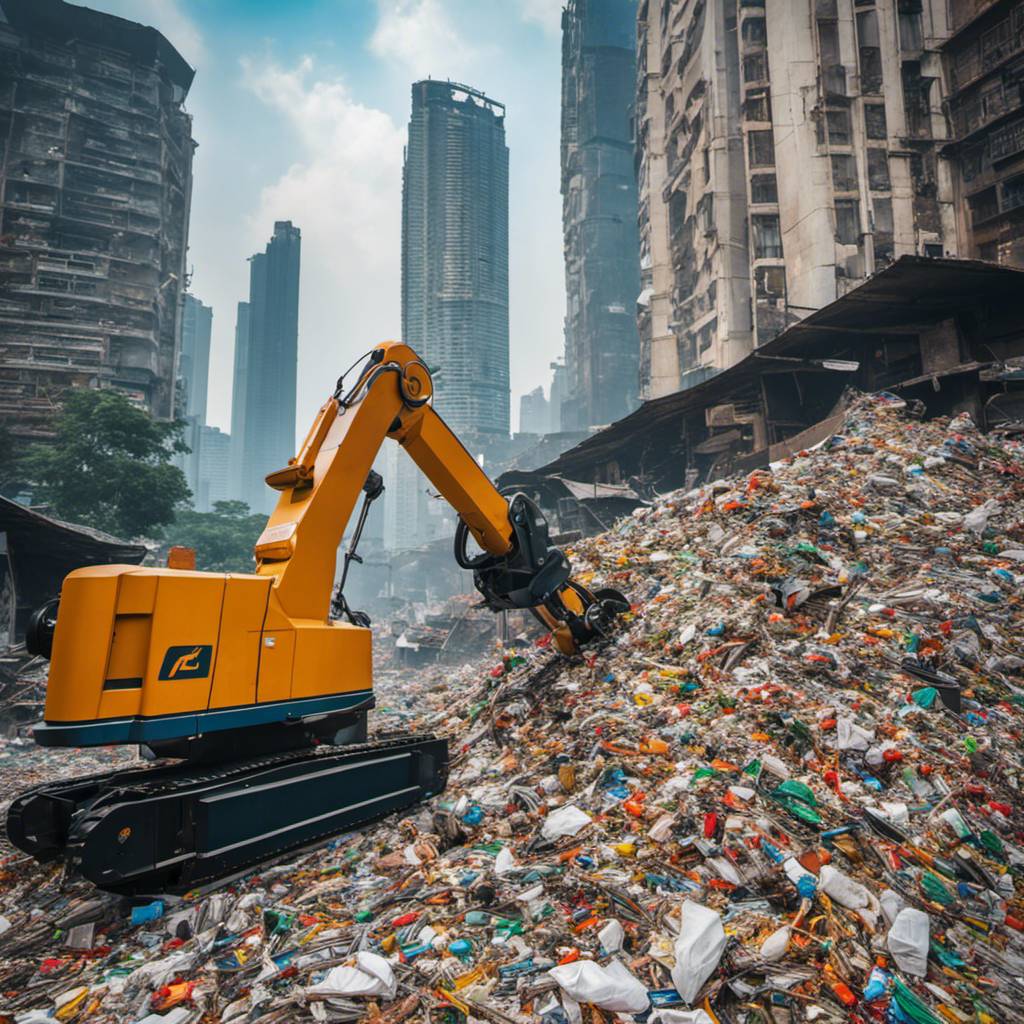In the heart of India, cities are embracing the power of robotics to enhance their infrastructure maintenance and combat pollution. Nagpur, for instance, has successfully integrated robotic technology into its sanitation efforts, having initially been hesitant. Similarly, Thane is utilizing robotics for water storage tank cleaning, while Mumbai employs them to cleanse manholes and water bodies. In Chennai, robots are being used for water pipeline inspections, and in Shillong, these automated machines are clearing floating trash from the famed Umiam Lake.
These innovative solutions are largely being driven by start-ups spearheaded by young engineers. Prithviraj BP, CEO of Nagpur Smart City, a special-purpose vehicle of Nagpur Municipal Corporation (NMC), notes that they have deployed three Bandicoot robots in the past 11 months, which have cleaned about 9,000 drainage chambers. The Bandicoot robot, developed by Genrobotics, uses the power of AI to clean manholes, thus eliminating the need for sanitation workers to expose themselves to hazardous environments. The robot comes equipped with human-like arms and a variety of gas sensors to identify and assess sewage conditions within drainage chambers.
But the use of robotics isn’t limited to cleaning manholes. The Chennai Metropolitan Water Supply and Sewerage Board (CMWSSB) has integrated them to tackle leakage issues within its aging water distribution network. Thiru R Vijaikumar, an engineer with the CMWSSB, explains that identifying defects manually with precision was almost impossible. However, the introduction of Endobot, an AI-powered robot developed by Solinas Integrated, solved this problem by crawling inside the water pipelines and identifying contamination points, cracks, leaks, encrustations, and broken pipe walls.
The electronics and computer programming languages utilized in these robots are not only helping to identify problems but also to map out solutions. For example, Fluid Robotics is using AI-enabled cameras, ultrasound sensors, and lasers to inspect pipelines for damage and map the entire pipeline network. This data has been instrumental in helping cities like Pune, Hyderabad, and Jaipur inspect and map their pipeline networks, revealing that 50% of urban drinking water is lost due to leakages in the distribution system.
Another notable start-up making waves in this space is Clearbot, which developed a robotic boat to collect floating trash and remove hyacinths from water bodies. The boat can detect various types of trash, avoid collisions with other boats, recharge itself using solar power, and even park autonomously. It also transmits valuable data remotely, providing insights into the quantity and nature of the trash.
The advent of such technological advances in robotics for smart cities has given birth to a new field of research known as Robot-City Interaction (RCI). This field focuses on the integration of robots in urban ecosystems and how they can improve city life. Experts believe that robotics and AI have the potential to address a variety of urban challenges and optimize city operations, paving the way for autonomous cities in the future.
Prabhu Rajagopal, a professor of mechanical engineering at IIT Madras, asserts that India has made significant progress in robotics and AI in recent years. These innovations are primarily driven by start-ups that have devised a wide range of solutions that span from underwater robots designed to inspect river crossings and bridges to drones that can inspect skyscrapers in cities.
In conclusion, the coding and programming languages used in these robots are revolutionizing how Indian cities approach infrastructure maintenance and pollution control. As technology continues to evolve, it’s clear that robotics will play an integral role in shaping the future of smart cities.
